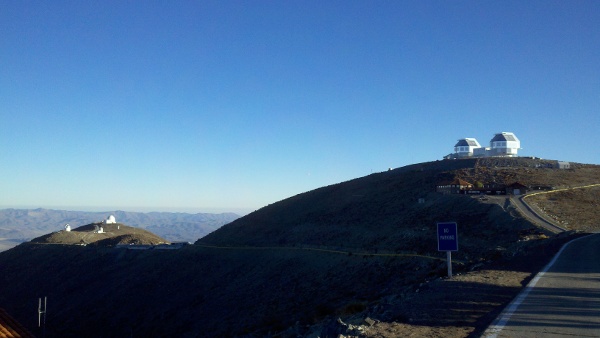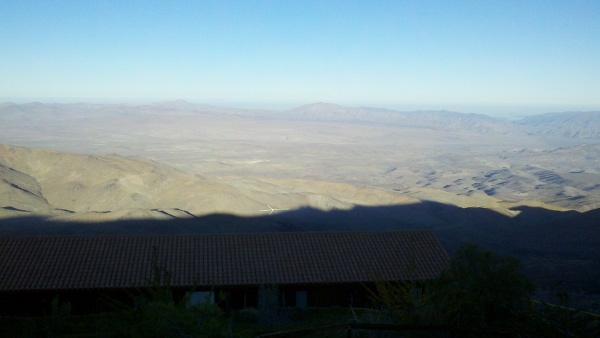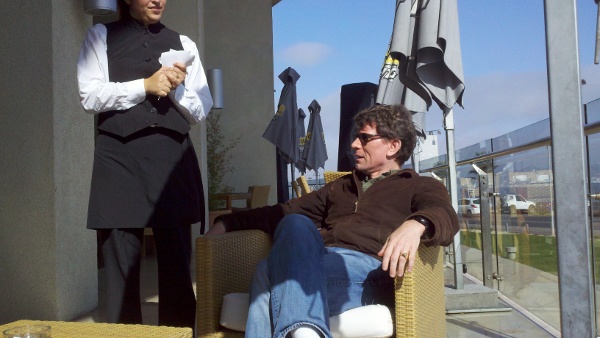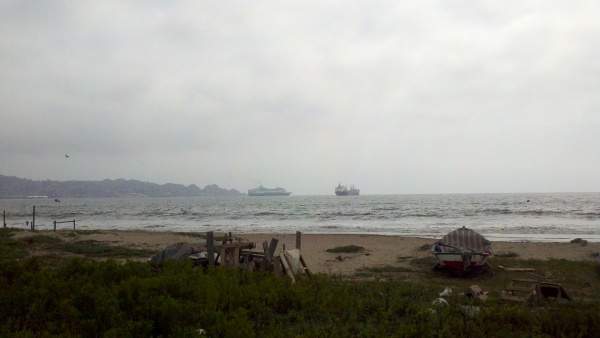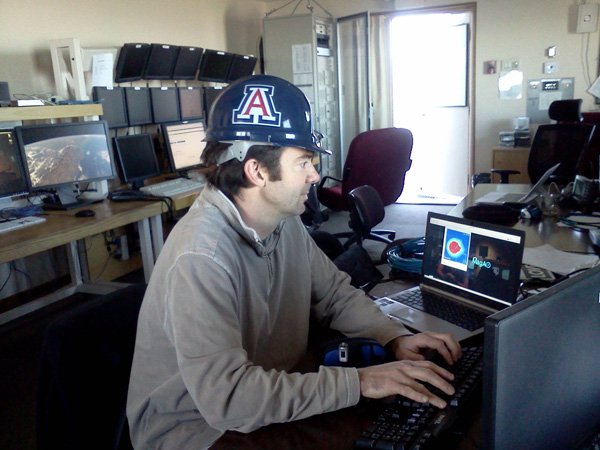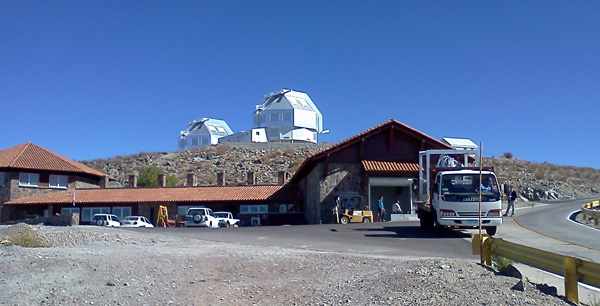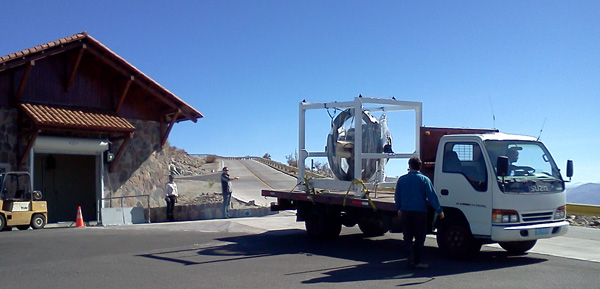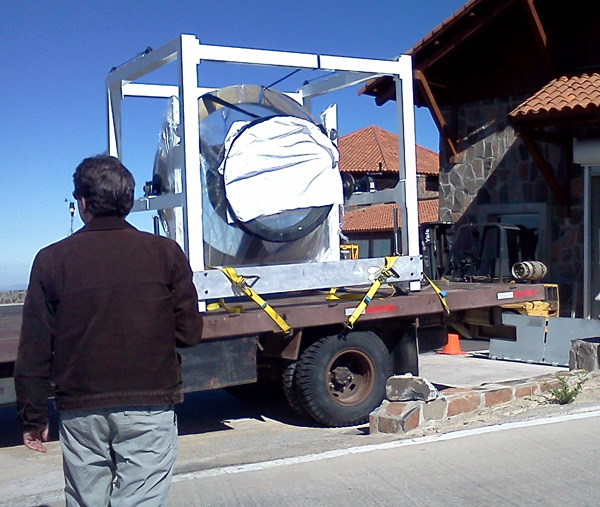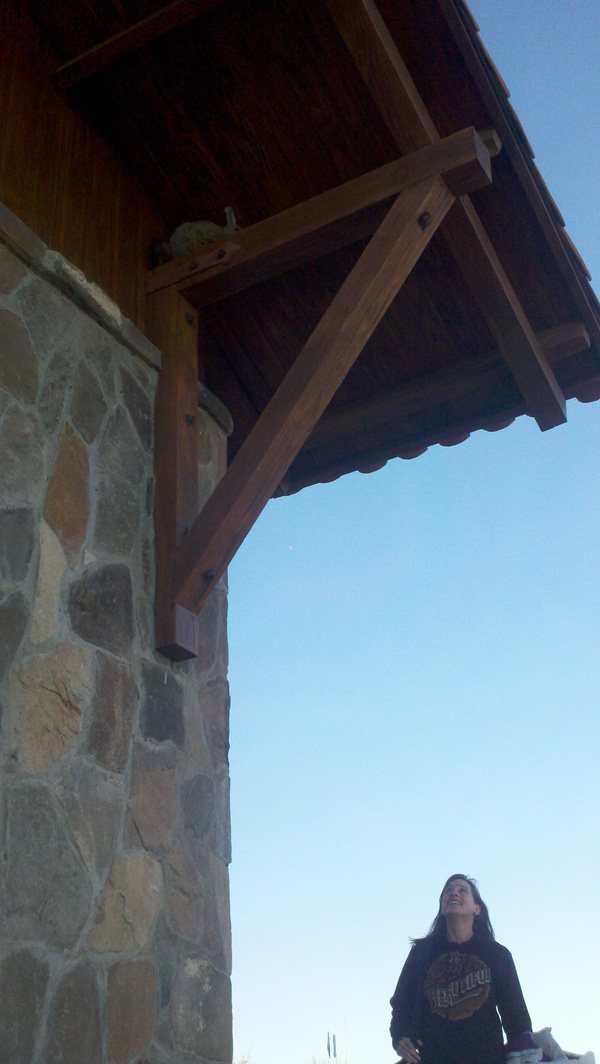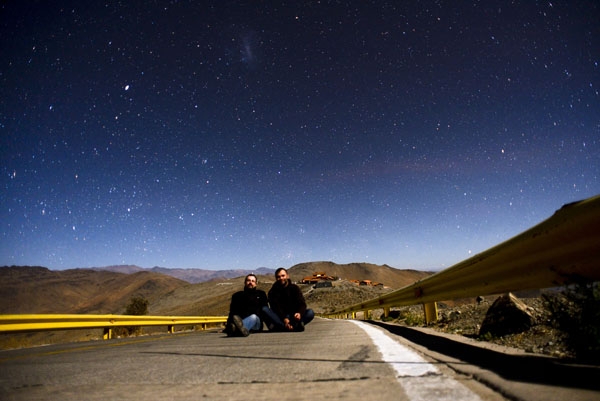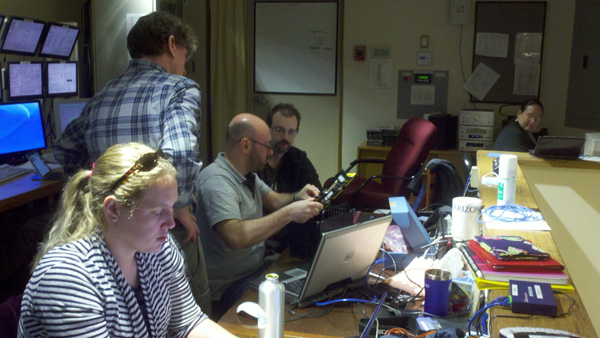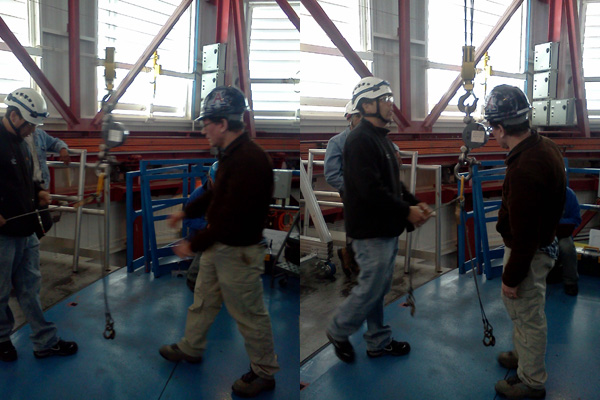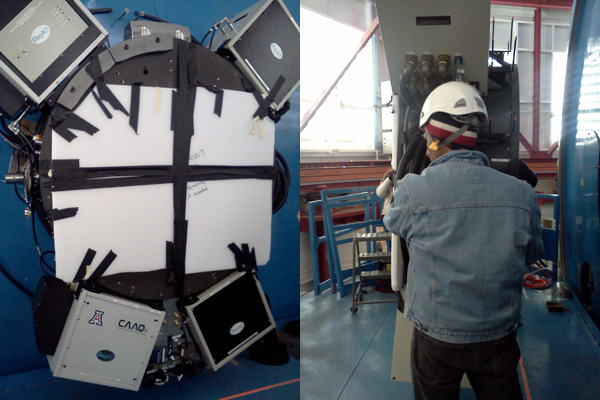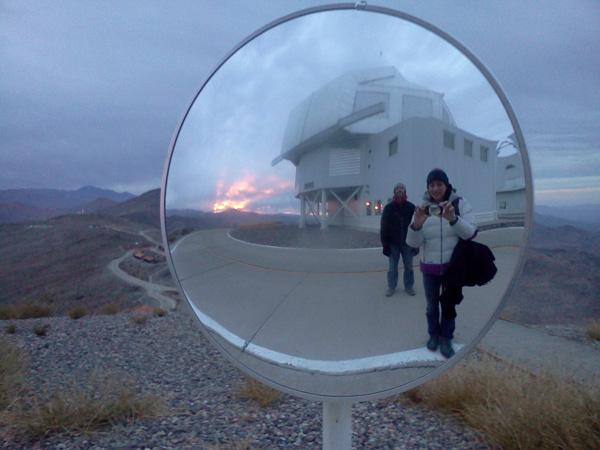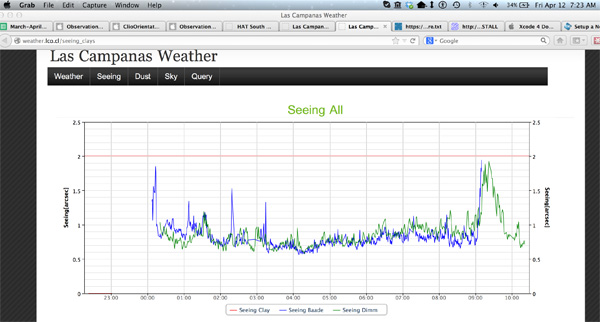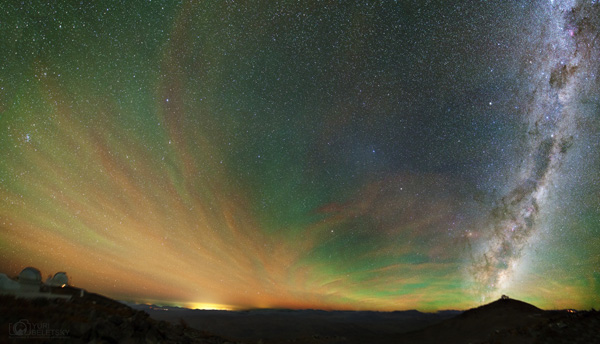If you paid close (as the PI) attention to this blog, you probably understood that in AO you have to close (as the PI) the loop (as the PI did). The loop is a close (…) interaction between a sensor, that reads something, and an object that does something in reaction. Here, the “thing” is a deformable mirror. The sensor sees, and ask the mirror to correct; the mirror corrects and the sensor sees something else; then bla bla bla from sunset to sunrise…
What if something goes wrong within this chain? Do you want to know it? Remain in this page. Don’t you want to know it? Look for the Middle Earth safety video on youtube…
A couple of days ago we experienced some very weird mirror stops: suddenly, one (or some, or all) of the internal protections of the fragile secondary mirror registered an error and forced the mirror to rest. Standard procedure. Sometimes, it is better to stop the observations than to clean the dome floor from the 1000 pieces of a broken mirror. Moreover, we are quite superstitious in Italy: “broken mirror, 7 years of pain”. Ask my grandmother (please, not in english), she will confirm….
So far, standard procedure. But which were the reasons for such sudden errors? We investigated deeply the issue….
First, let’s look at the last 1000 mirrors command (coming from the sensor). 1: nothing relevant, 2 nothing relevant, 3 nothing relevant, 4 nothing relevant…. 986 nothing relevant, 987 a huge bump on my poor little mirror. Picture below. Who is traitorously pushing 20 micron away the mirror?
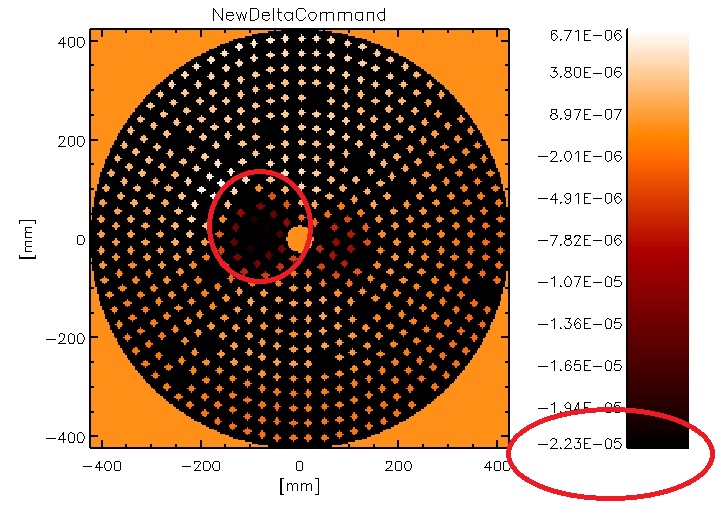
Let’s make the sensor confess! Same procedure: let’s look at the last 1000 signals processed by the sensor. 1: nothing relevant, 2 nothing relevant, 3 nothing relevant, 4 nothing relevant…. 985 nothing relevant, 986 the sensor reads -150 instead of something about zero (picture below). So it will command at the step #987 something sensationally wrong to the mirror
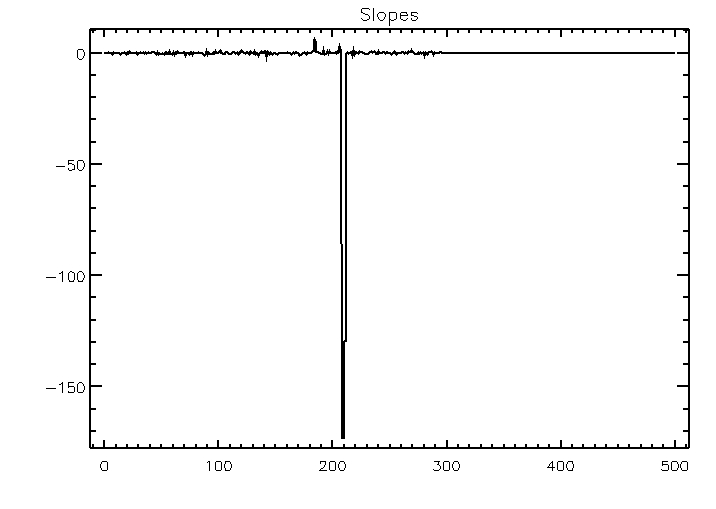
This strange thing seems very likely due to a cosmic ray: an energetic particle coming from the sky. When it impacts on the sensor, this goes bananas. That’s the offender! A traitor cosmic ray.
Please, stop sending cosmic rays on the sensor. This is an old-fashioned, good family mirror, and deserves respect. Cosmic rays, didn’t you learn how to behave, when you were children??
